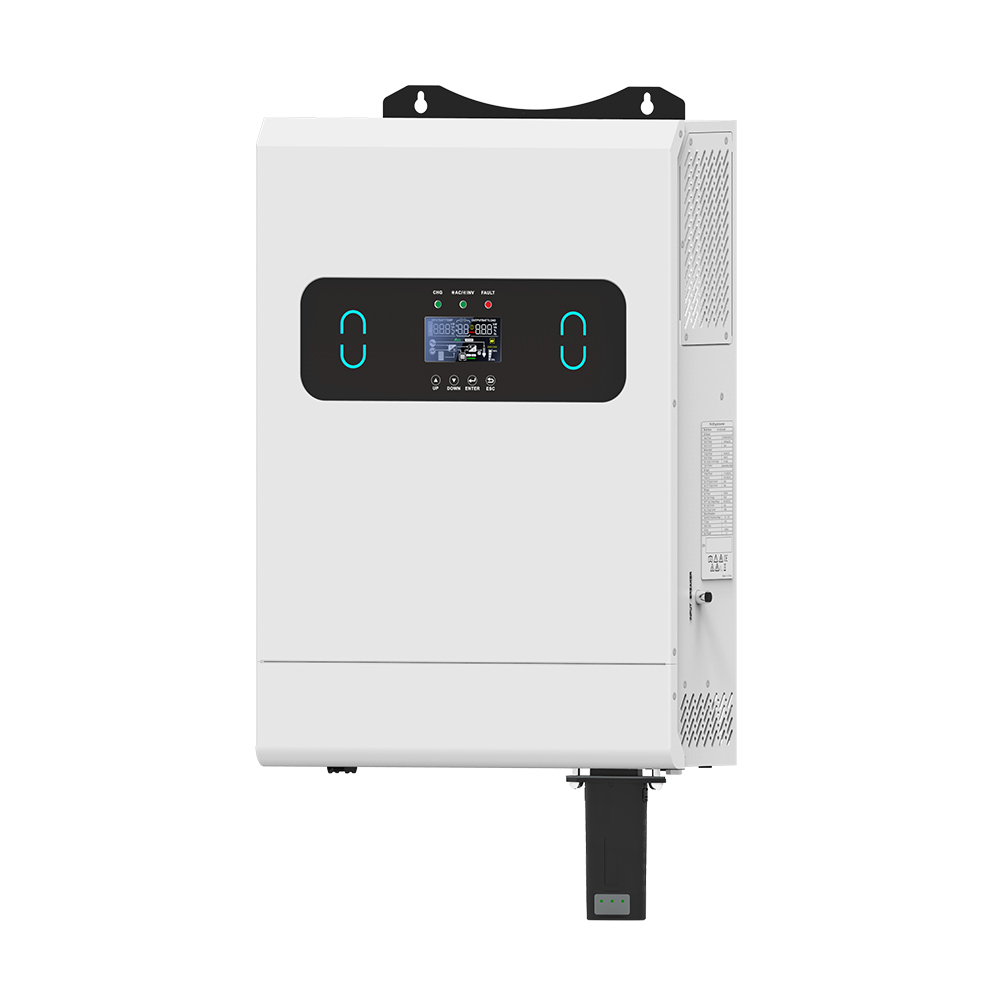Living off the grid is no longer just a dream for survivalists and nature lovers — it's a smart, sustainable choice for homeowners, RV travelers, and eco-conscious individuals alike. At the heart of this energy autonomy is a powerful tool: the off grid solar inverter. This device is essential for converting solar power into usable electricity for everyday appliances and systems.
What is an Off Grid Solar Inverter?
- Definition: An off grid solar inverter is a device that converts direct current (DC) electricity generated by solar panels into alternating current (AC) electricity, which is used by most household appliances.
- Off-grid system context: Unlike grid-tied systems, off-grid setups operate independently of public utility power. The inverter is a crucial component in ensuring electricity is available, even when there’s no grid connection.
- Powering appliances: With an off grid solar inverter, you can power lights, refrigerators, washing machines, water pumps, and other essential equipment.
How Does an Off Grid Solar Inverter Work?
- Solar panel input: Solar panels absorb sunlight and convert it into DC electricity.
- Battery storage: This DC power is often stored in batteries for later use.
- Inverter conversion: The off grid solar inverter then transforms the stored DC into AC to power your home or setup.
- Automation: Many inverters feature smart controllers that manage battery charging and load distribution automatically.
Key Benefits of Using an Off Grid Solar Inverter
- Energy independence: You’re not dependent on the power grid, which means fewer outages and no monthly electricity bills.
- Sustainable living: Solar power is a clean, renewable source of energy.
- Cost-effective in remote areas: Extending grid lines to rural locations is expensive; an off grid solar inverter is a more practical solution.
- Emergency backup: Even in urban areas, an off-grid system with an inverter provides reliable backup during grid failures.
- Scalability: You can expand your solar system as your energy needs grow.
Choosing the Right Off Grid Solar Inverter
- Power capacity: Match the inverter’s wattage to your total energy load.
- Battery compatibility: Ensure the inverter works with your chosen battery type (lithium, lead-acid, etc.).
- Pure sine wave vs. modified: A pure sine wave off grid solar inverter is better for sensitive electronics and delivers smoother power.
- Efficiency rating: Look for inverters with high conversion efficiency (above 90%).
- Durability: Outdoor setups need weather-resistant enclosures and components.
- Inverter features: Modern models offer features like Wi-Fi monitoring, auto-restart, and low-voltage disconnect protection.
Installation Tips for Off Grid Solar Inverters
- Location matters: Install the inverter in a cool, dry, and ventilated place to ensure performance and longevity.
- Professional help: While some setups are DIY-friendly, complex systems should be installed by certified technicians.
- Regular maintenance: Clean the inverter’s vents, check connections, and monitor battery health routinely.
- Proper grounding: This protects both the system and users from electrical shocks or short circuits.































